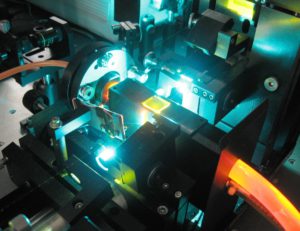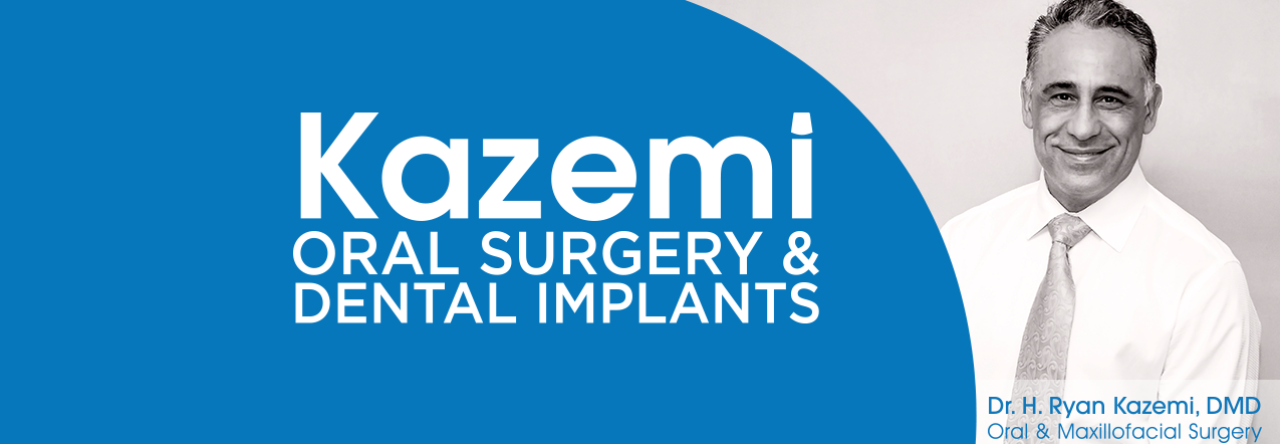 Earlier in this blog I discussed How Technology Improves The Dentist Industry.
Earlier in this blog I discussed How Technology Improves The Dentist Industry.
Technological and scientific advances are changing oral surgery all the time. From 3D imaging and computer-assisted dental implants for safer and more precise procedures, which can eliminate risk to nerves and adjacent teeth, increase diagnostic for accurate treatment, avoid penetration into maxillary sinus, and decreases treatment time for patients, to the up-and-coming Computer Assisted Manufacturing, which is making it possible for some offices to literally make a crown in the office while you wait. The fields of dentistry and oral surgery have been quietly but steadily adapting to technology far ahead of some other fields.
Now, a company in California, Millennium Dental Technologies, has received FDA clearance for a new procedure altogether. A laser-assisted procedure that stimulates regrowth of both oral tissue and bone. This is the first in a long line of steps towards actually regenerating tissues lost to disease. This could make bone grafts in the jaw less necessary, could make stitches passe.
“Dentistry has become a driver of innovation in the field of regeneration and this is apparent with the FDA’s first-of-its kind clearance of the LANAP protocol and device,” said Robert H. Gregg II, DDS, co-founder of MDT, inventor of the LANAP protocol and co-developer of the PerioLase® MVP-7™ variable pulsed Nd:YAG laser. “The mouth is an unforgiving environment and the fact that we can stimulate regeneration with the full functionality will advance a broader scientific understanding of the body’s regenerative capability.”
After thirty years of research, development and clinical testing, this laser protocol devised a way to stimulate and activate oral stem cells to build the cell components needed to turn into regenerated tissue (fibroblasts in particular). In addition to stem-cell activation, the laser kills bacteria to eliminate infection or inflamed tissue, which helps healing. After eliminating bacteria the laser activates hemoglobin to achieve stable clotting. These are the two biggest hurdles in oral surgery to tissue regeneration. They have even seen bone regrowth in trials with patients.
While this technique is newly approved by the FDA, and time will tell is the procedure is going to be consistent and cost-effective enough to be utilized in many offices nation-or-world-wide, this is a large step toward scientific advances that will make oral surgery less painful and more effective. And keep your eyes peeled down the line, because technology like this could have large ramifications for healing in other medical arenas or surgery and recovery as well.
